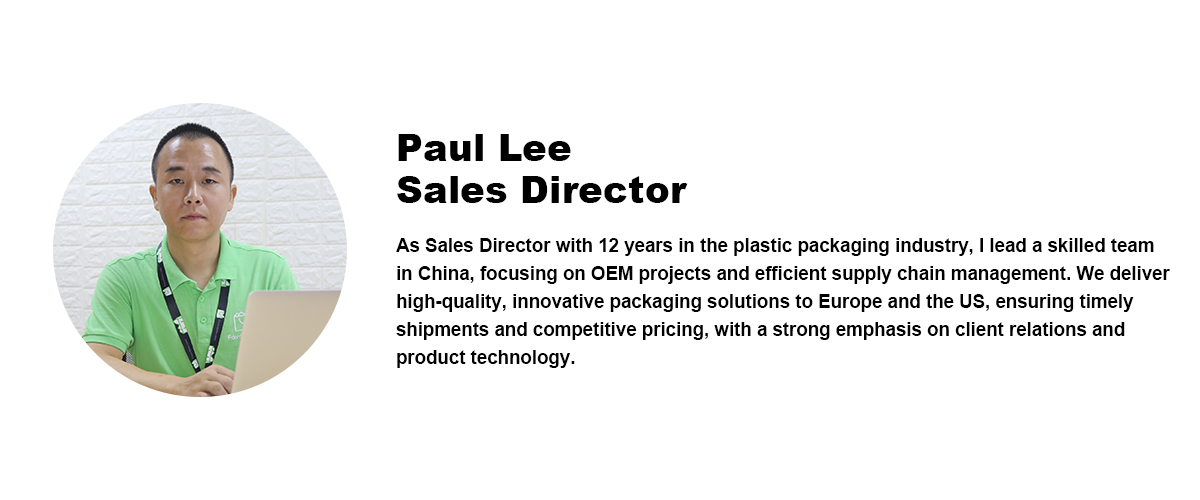In today’s eco-conscious world, understanding which plastics are safe for food storage is crucial. With a myriad of plastic types flooding the market, making informed choices can protect your health and the environment. Let’s dive into the essentials of food-safe plastics.
The FDA recognizes several plastics as safe for food contact: High-density polyethylene (HDPE), Low-density polyethylene (LDPE), Polyethylene terephthalate (PET/PE), Food-grade polypropylene (PP), Polycarbonate (PC), Acrylic, and Nylon. These materials are deemed suitable for storing and packaging food items, ensuring safety and durability.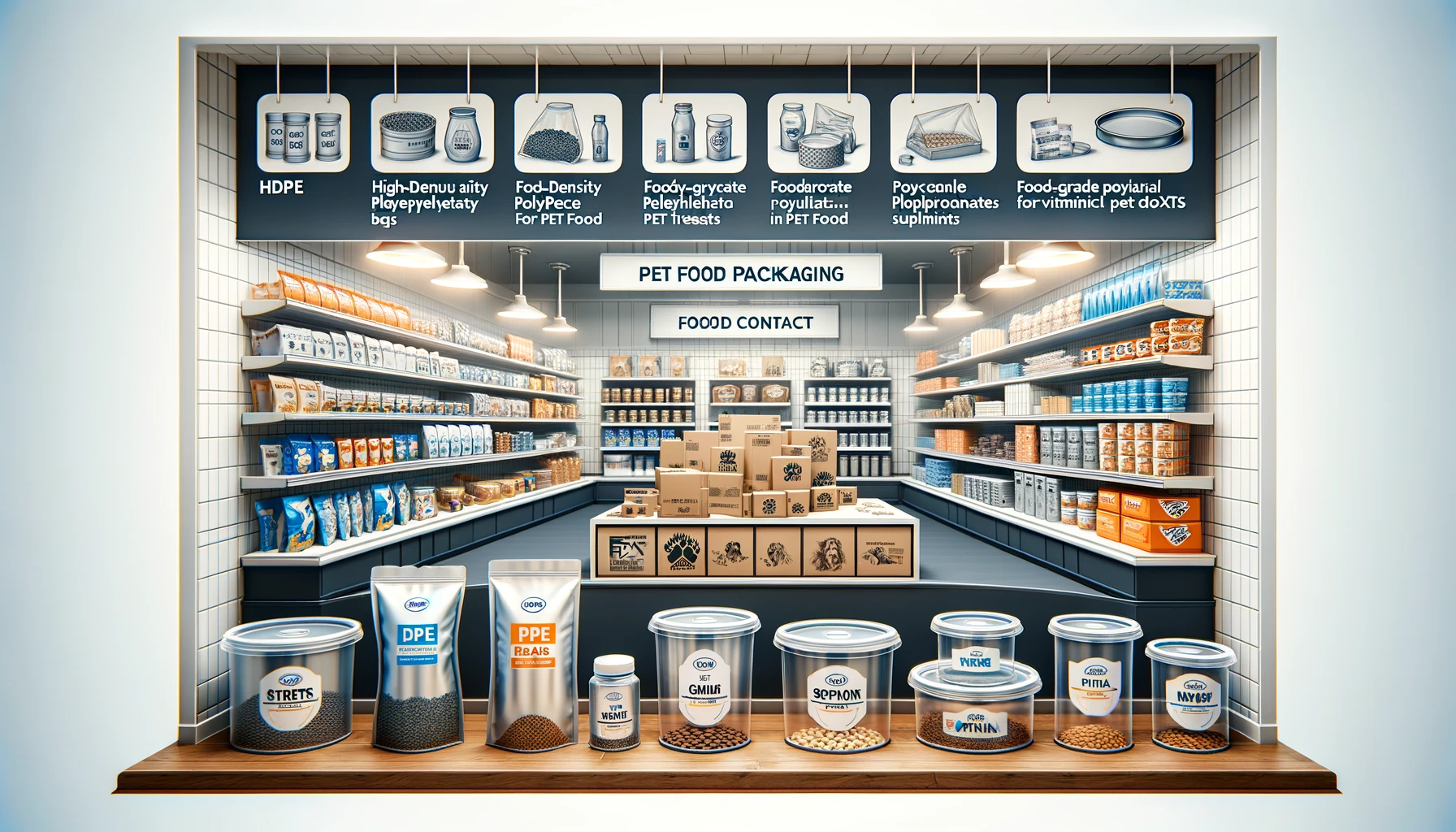
But how do these plastics stand out in the realm of food safety? Let’s explore their unique properties.
What Makes a Plastic Food Safe?
Understanding the safety standards for plastics in food storage is pivotal. A plastic deemed “food safe” has passed rigorous FDA testing, ensuring it does not release harmful chemicals into food or drinks under its intended use.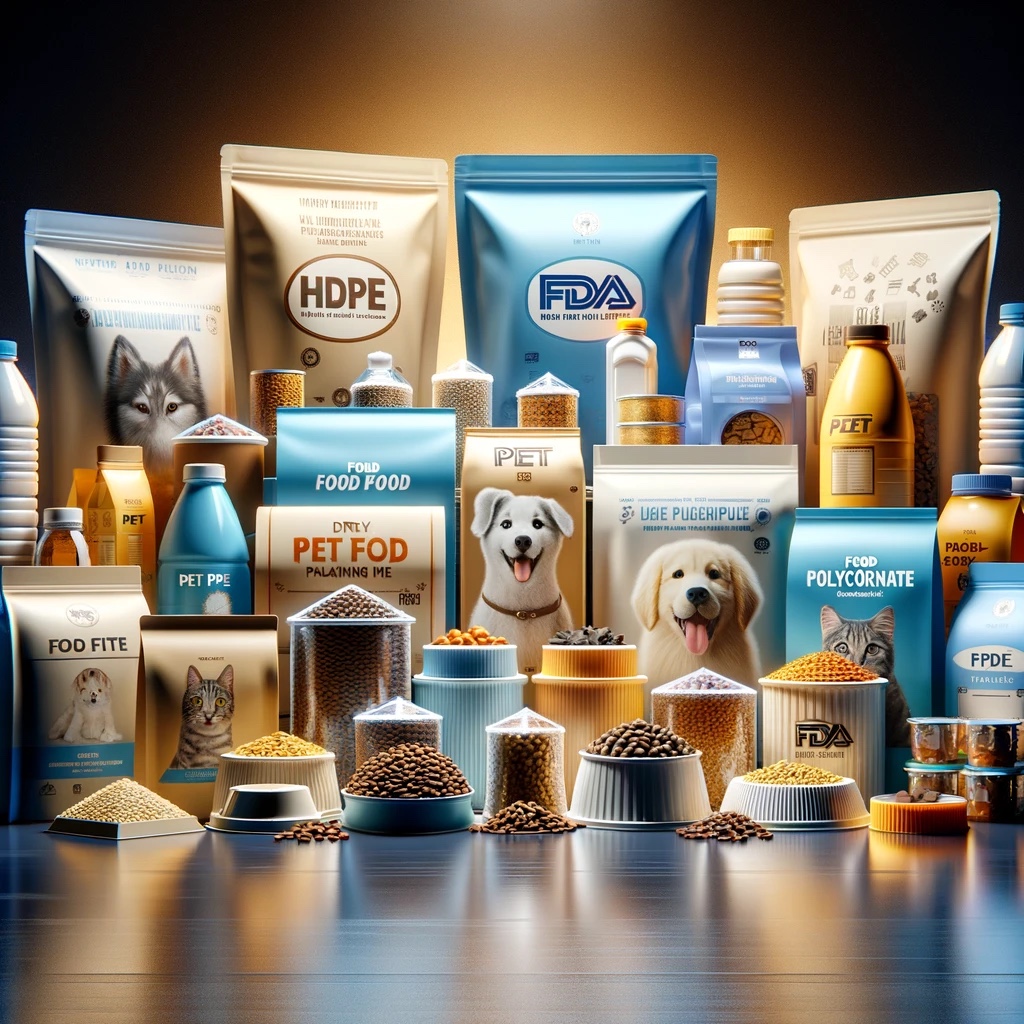
HDPE: A Closer Look at Your Milk Jugs and Water Bottles
HDPE is prized for its strength, stiffness, and resistance to moisture — making it ideal for milk jugs and water bottles. Its safety in containing liquids makes it a staple in both household and industrial packaging.
LDPE: Flexible and Safe for Food Contact
LDPE’s flexibility and resilience make it perfect for cling wraps and grocery bags. Its safety ensures that it does not compromise the food it comes in contact with, preserving freshness and quality.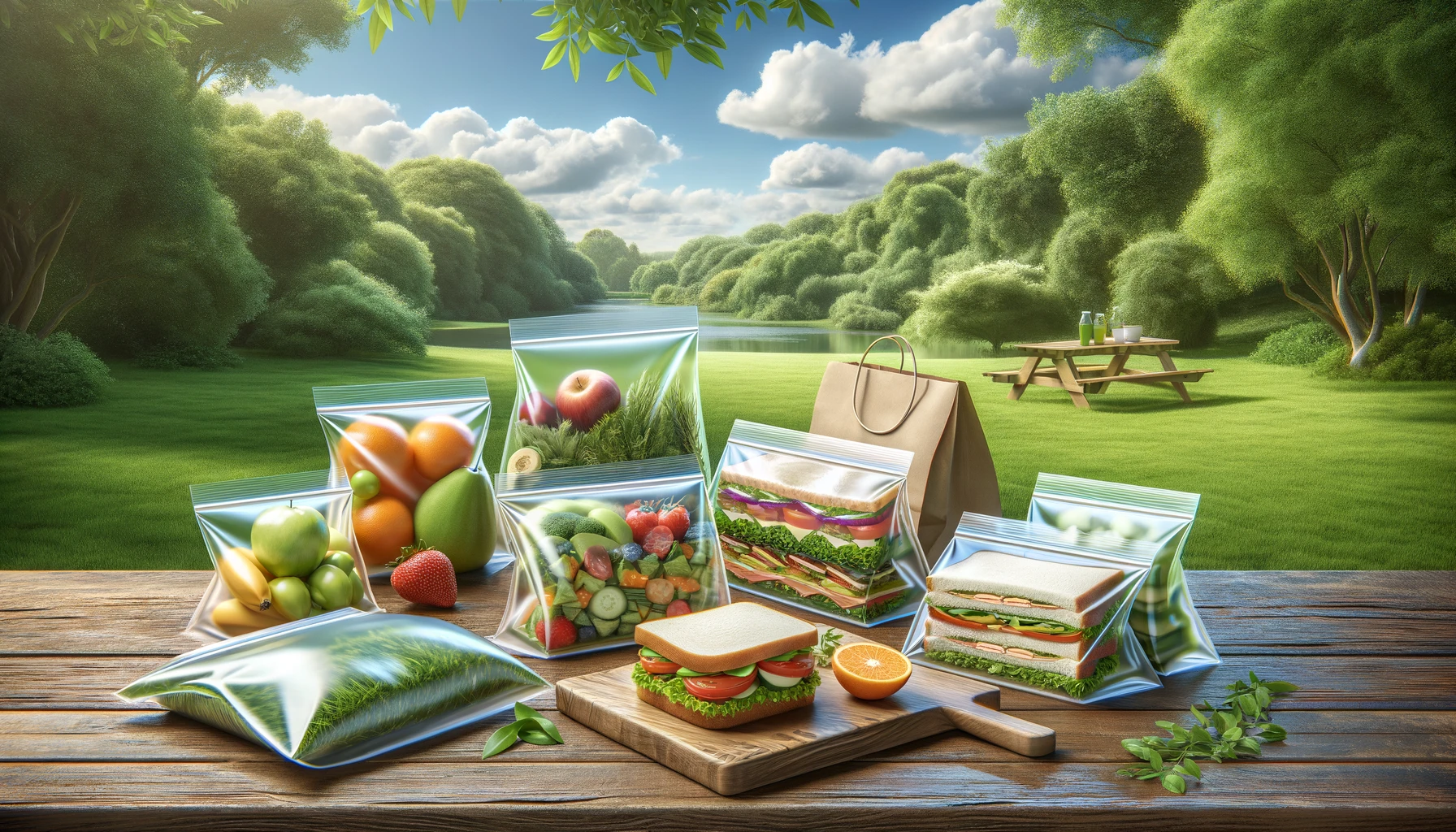
PET/PE: The Go-To for Bottled Beverages
PET’s clarity and ability to contain carbonated drinks without leaching chemicals make it the top choice for bottled beverages. It’s recyclable, showcasing an intersection of safety and sustainability.
PP: High Heat Resistance and Durability
PP is renowned for its heat resistance, making it ideal for microwave-safe containers and reusable baby bottles. Its durability ensures long-term safety and usability.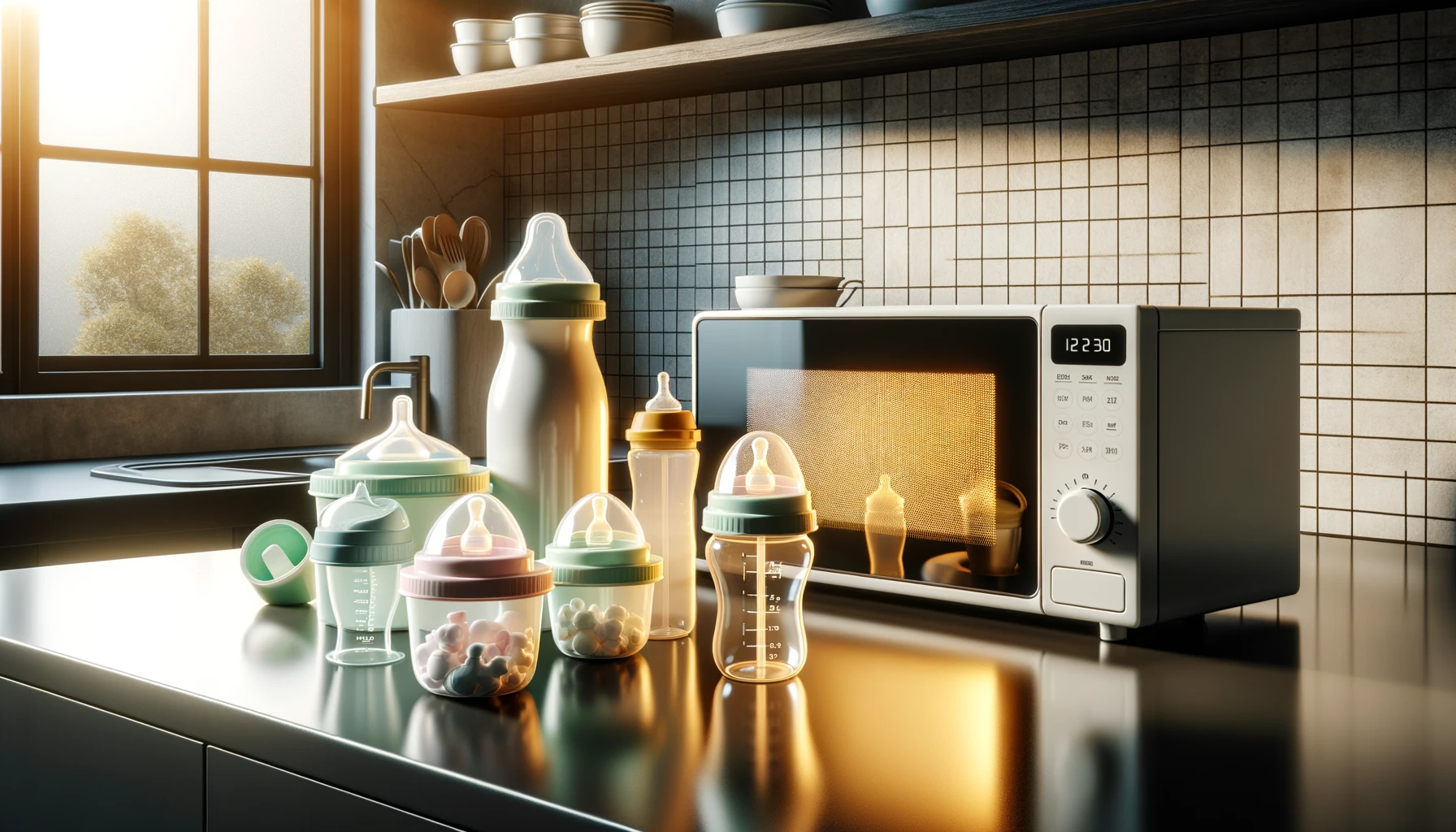
PC and Acrylic: Understanding Their Uses and Safety
While PC has faced scrutiny over BPA content, it’s essential to understand its safe uses and alternatives like acrylic for food storage, emphasizing the importance of informed choices.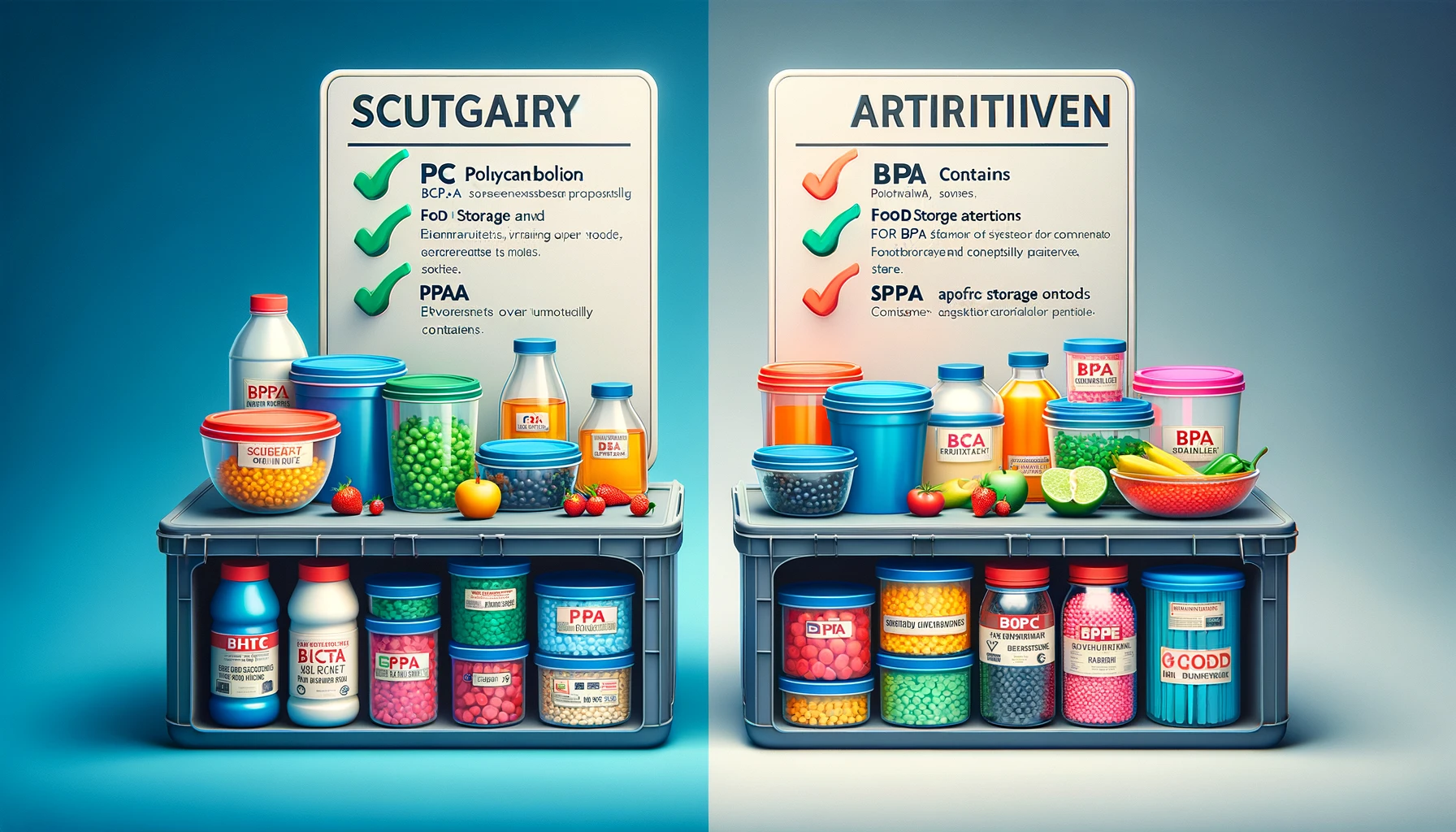
Nylon: Durable and Food Safe
Nylon’s durability and resistance to heat make it suitable for kitchen tools and food packaging, ensuring food safety without sacrificing quality or performance.
Decoding the Symbols: Identifying Food-Safe Plastics
Learning to recognize food-safe symbols on plastic products can empower consumers and businesses alike, ensuring the safety and quality of the food we consume.
The Debate Around Plastic #7: To Use or Not to Use?
Plastic #7 and BPA have been at the center of safety debates. Understanding the risks and alternatives can help make safer choices for food storage solutions.
FAQs: Addressing Common Concerns About Food-Safe Plastics
Addressing common queries and concerns can demystify the complexities of food-safe plastics, helping readers make informed decisions for their health and the environment.
Choosing the right food-safe plastic is more than a matter of preference; it’s about health and environmental responsibility. By understanding the properties and uses of FDA-approved plastics, you can make informed decisions for your business and personal life.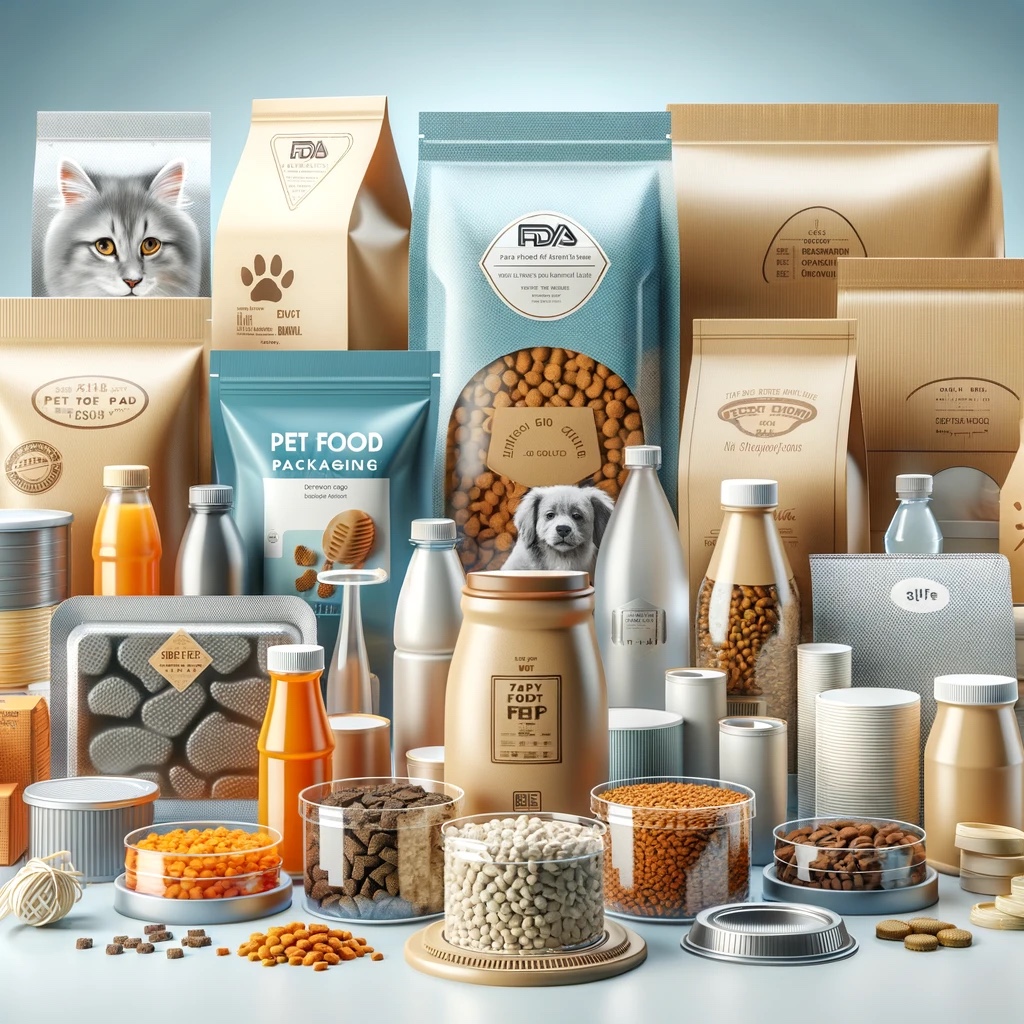
At FavoriteTec, we understand the importance of using food-safe plastics in our packaging solutions. Our commitment to quality and safety reflects in our wide variety of products, tailored to meet the stringent requirements of food safety. Whether you’re a manufacturer, wholesaler, distributor, or brand owner, our customized patterns, low minimum order quantity, fast delivery, and competitive pricing ensure you get the best packaging solutions for your needs.